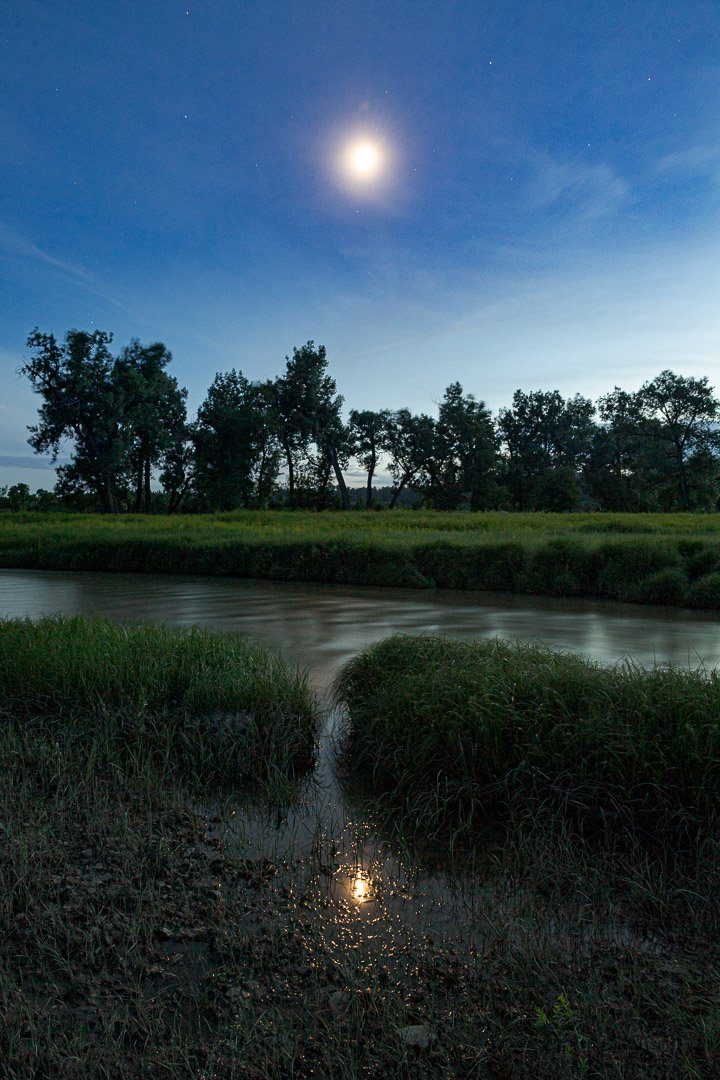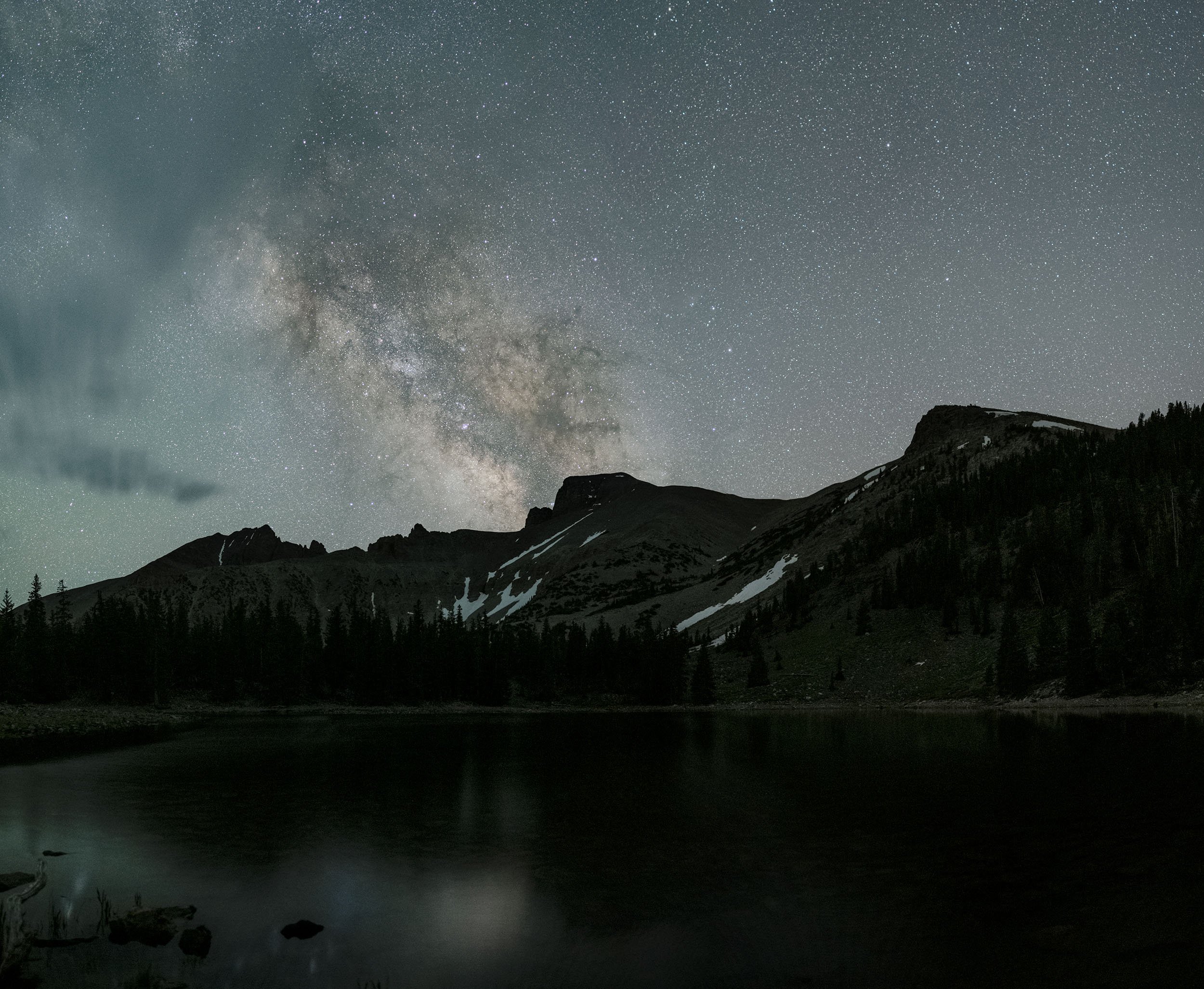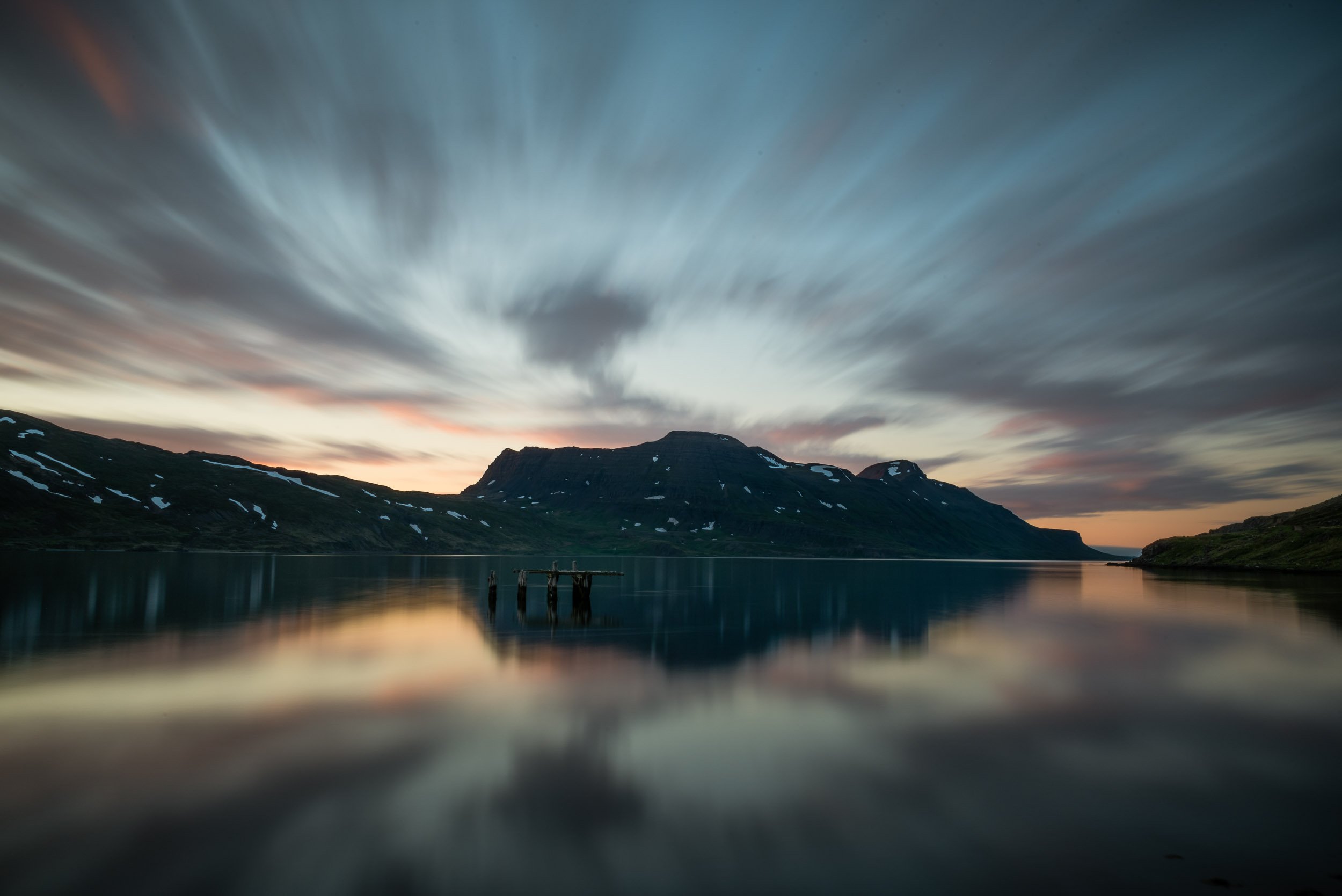In October, we have two events in NYC where you can come meet us in person, chat and see some lectures:
Out of New York 2016
When: Friday, October 14, 2016 - Sunday, October 16, 2016
We're very excited to be a part of this conference that has been operating in Chicago for a few very successful years, and is now offering a weekend of spectacular educational opportunities in New York City.
National Parks at Night will have a booth on the vendor floor, where you can come chat with us in-person about all the adventures we're planning for 2017 and beyond. It's also an opportunity to pick up any or all of the several books published by our team, on topics such as night photography, HDR and photographing the national parks.
Additionally, our instructors Gabriel Biderman and Chris Nicholson will be presenting talks ("Night Photography: From Snapshots to Great Shots" and "Photographing National Parks," respectively) and offering two night-photography walks in New York City.
More information: ny.outofchicago.com.
Photo Plus Expo 2016
When: Saturday October 22 from 10:15 a.m. to 12:15 p.m.
We are also very excited to be back at PhotoPlus, where we officially went public with the National Parks at Night program last year. (1st birthday! Yay!) Four of the five of us will be present and on stage for "Night Photography—Master the Night," a panel presentation about our favorite subject!
Gabe, Chris, Lance Keimig and I will share a ton of tips on shooting under the stars in beautiful places. We'd love to see you there, at one of the industry's premier events!
Bring a friend—or two!
Register: www.photoplusexpo.com
More info / add to your expo planner: n2b.goexposoftware.com/events/ppe16/goExpo/user/listSeminars.php?ci=91





















